Printing and processing methods for certificate labels
1. Flexographic printing method, commonly using UV ink or alcohol based ink. Before printing film materials, corona treatment should be stopped to increase the surface tension. The method of surface coating can also be used to improve the firmness of ink application. Require polishing after printing to protect the graphics and text. It is not advisable to use water-based ink to avoid the phenomenon of weak ink layer.
2. Gravure printing method, which prints on ordinary gravure printing machines (usually using wide width gravure printing machines), using solvents or UV ink. The printed labels are first divided into small rolls by a slitting machine, and then die cut, discarded, and rewound on a processing machine. Cut into individual rolls on the public slitting machine and prepare for labeling on the labeling machine.
3. The gravure reverse printing method is a split printing method. Firstly, print graphics and text on the back of the public transparent PVC film using the inner printing method, and then vacuum coat the exterior of the graphics and text with aluminum to cover them. The second step is to manufacture the certificate label using printed and aluminum coated PVC film as raw material according to the adhesive material manufacturing process. Complete the entire label processing process on the label processing machine and slitting machine using the coated certificate label.
Electrostatic labeling
Craftsmanship: Cross cutting printing white
Advantages: Smooth surface with strong adhesion, can be repeatedly peeled and pasted, no glue, no traces left, can be peeled and pasted immediately, waterproof and temperature resistant, long service life, environmentally friendly and hygienic.
Disadvantages: Poor adhesion of electrostatic stickers, easy to fall off
Applicable scenarios: car window pasting (maintenance reminder and annual inspection label pasting) window grilles, etc
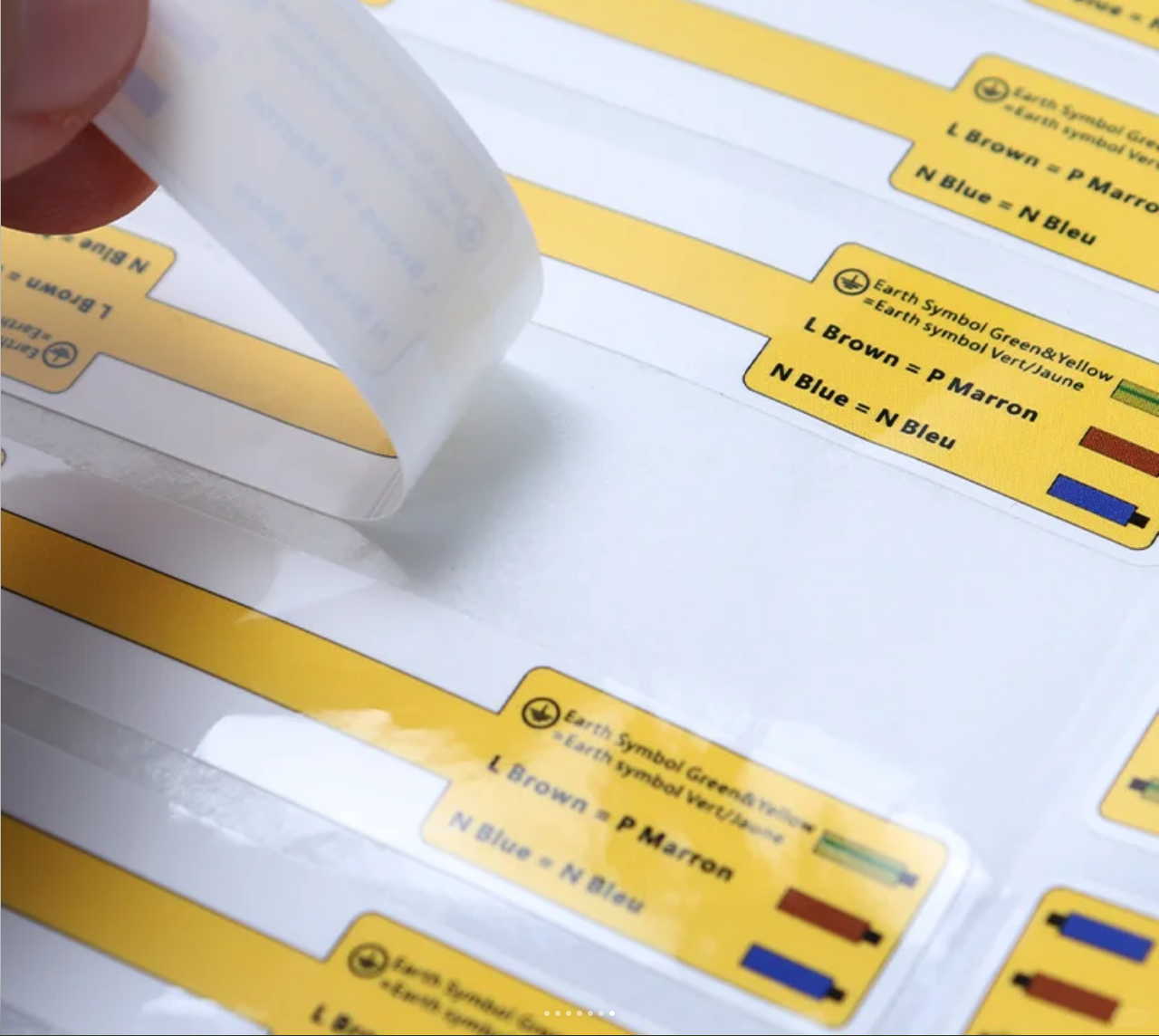
What is a power cord label
Power cord labels are widely used in various household appliances in our daily lives, such as rice cookers, air fryers, fans, refrigerators, electric fireplaces, lighting fixtures, hair straighteners, hair dryers, and heaters. These labels are not only product identification, but also an important manifestation of safety certification
Main Features
Corrosion resistance: able to maintain stable performance in harsh environments
Waterproof: Ensure that it is not affected in humid environments
High temperature resistance: suitable for household appliances used in high-temperature operations
Low temperature resistance: can still be used normally in low temperature environments
Adhesive folding sticker: easy to firmly stick and prevent label detachment
These features make power cord labels an essential component in various household appliances, providing assurance for product safety and information dissemination. If you have any further or special requirements for power cord labels, please feel free to contact us at any time
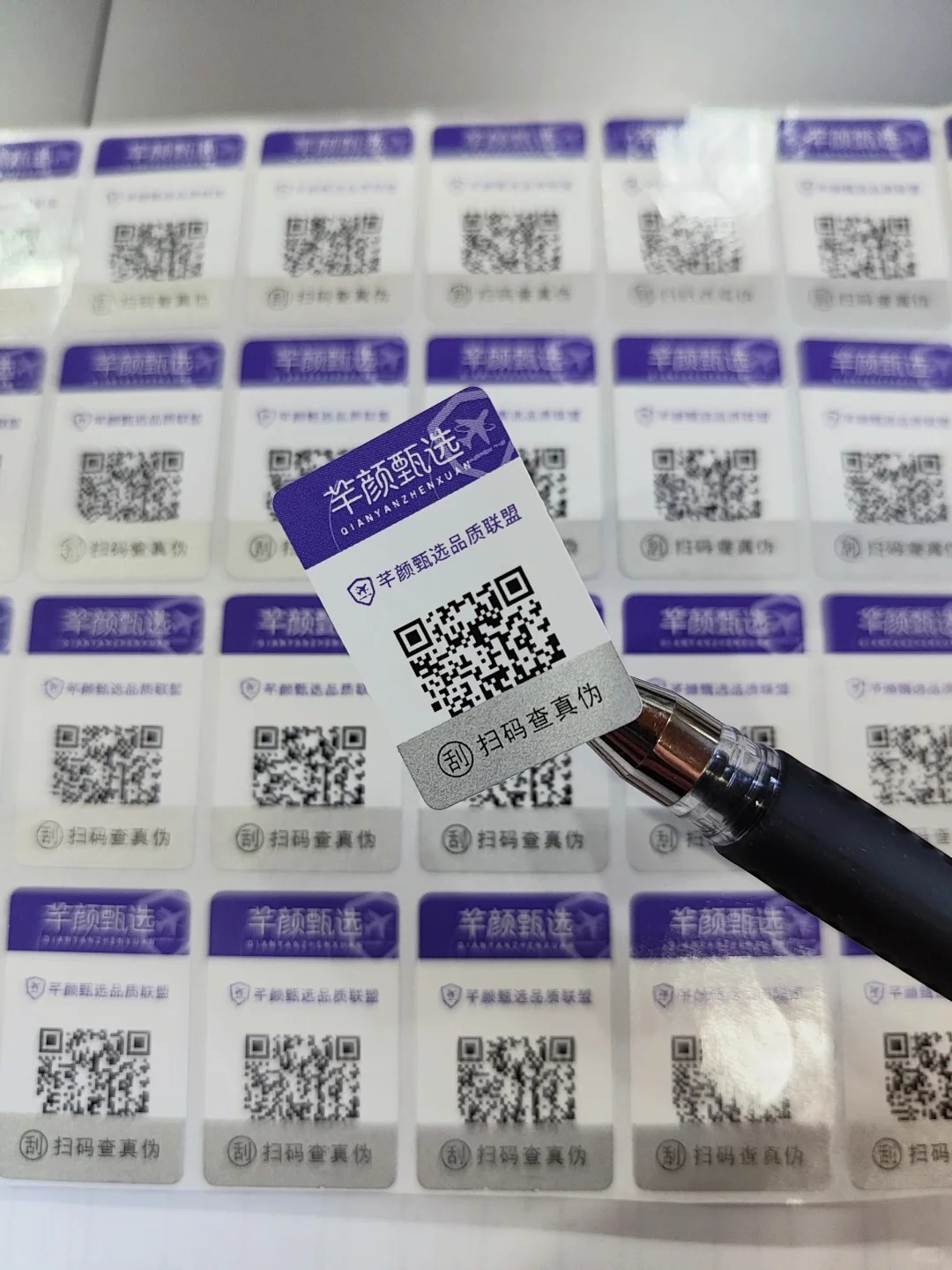
security label
Anti counterfeiting labels are important tools for protecting consumer rights. They can help consumers identify genuine products and avoid purchasing counterfeit and inferior products.
At the same time, anti-counterfeiting labels can also increase the added value of products, enhance brand image, and strengthen consumers' trust in the brand.
Therefore, choosing high-quality anti-counterfeiting labels is of great significance for protecting consumer rights and enhancing brand image.

Low temperature and freezing resistant labels made of special adhesive materials
Frozen labels are generally used in damp and low-temperature places. If ordinary labels are used in cold storage, they are easily deformed, wrinkled, and peeled off, while professional frozen labels can withstand harsh environments and temperature changes. Therefore, the selection of materials is crucial in the production of frozen labels. This type of label uses special adhesive that can withstand harsh environments and is specifically designed for all frozen storage applications, including liquid nitrogen, freezing, and ultra-low temperature freezing. It is also suitable for most cultivation and incubation processes
When labeling in low temperature environments, ordinary adhesives will become hard and brittle, resulting in a significant decrease in viscosity. In addition, the surface of the object being labeled in low-temperature environments may have moisture or even frost, which also increases the difficulty of labeling. Therefore, labeling at low temperatures not only tests the adhesive, but also imposes strict requirements on the water and tear resistance of the surface material
Application areas of frozen labels:
Cold chain logistics
Frozen product price tag
Frozen food
Winter Northern Logistics
Vaccine refrigerated transportation
Low temperature environment traceability system
Characteristics of low-temperature environment labeling:
Most low-temperature labeling requires the surface material to have moisture resistance. Adhesive has low viscosity in low temperature environments and is prone to warping after labeling. Some of the surfaces of the stickers may have condensation water
The label selected in such an environment must have good moisture resistance and low temperature resistance characteristics. There are various types of bottom adhesives for labels, and labels in cold storage must use low-temperature resistant adhesives. If the adhesive label is pasted at room temperature and then placed in the cold storage, the surface paper of the adhesive label should be selected with a certain degree of elasticity. Due to the fact that the packaging form of the item may be ordinary paper packaging or nylon bag packaging, different materials of labels can be selected or customized according to the needs
We offer comprehensive technical support, including free professional labeling solutions, advice on label materials and adhesive selection, as well as online/offline assistance from professional software and hardware engineers. Service email: andy@ownlikes.cn. In pre-sales, we leverage our extensive experience in specialty labeling projects to provide clients with the most suitable hardware solutions. Additionally, all our label barcode printers and scanners come with a three-year free warranty, demonstrating our confidence in our products.


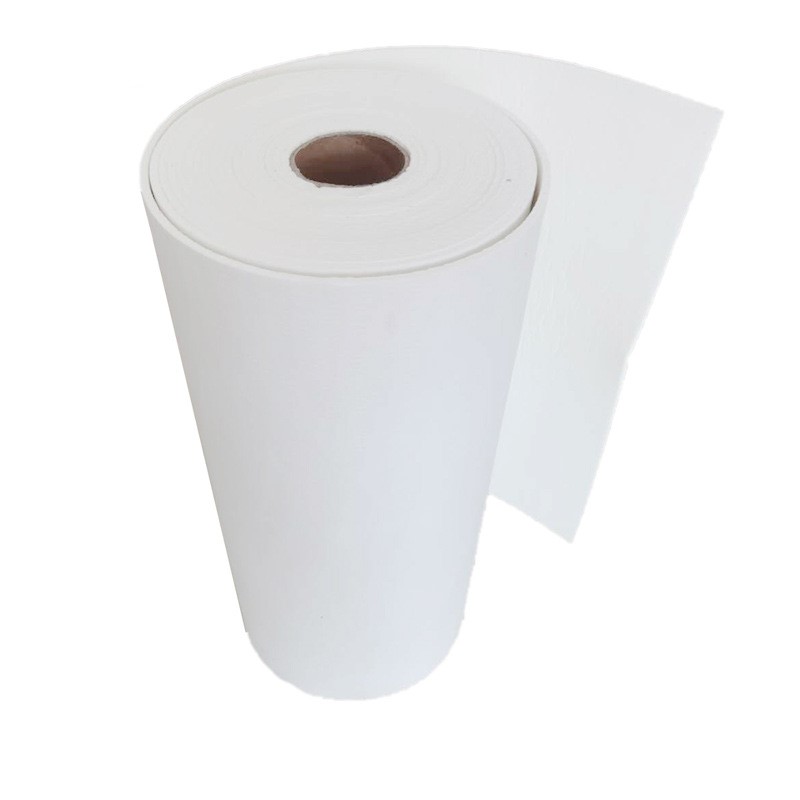
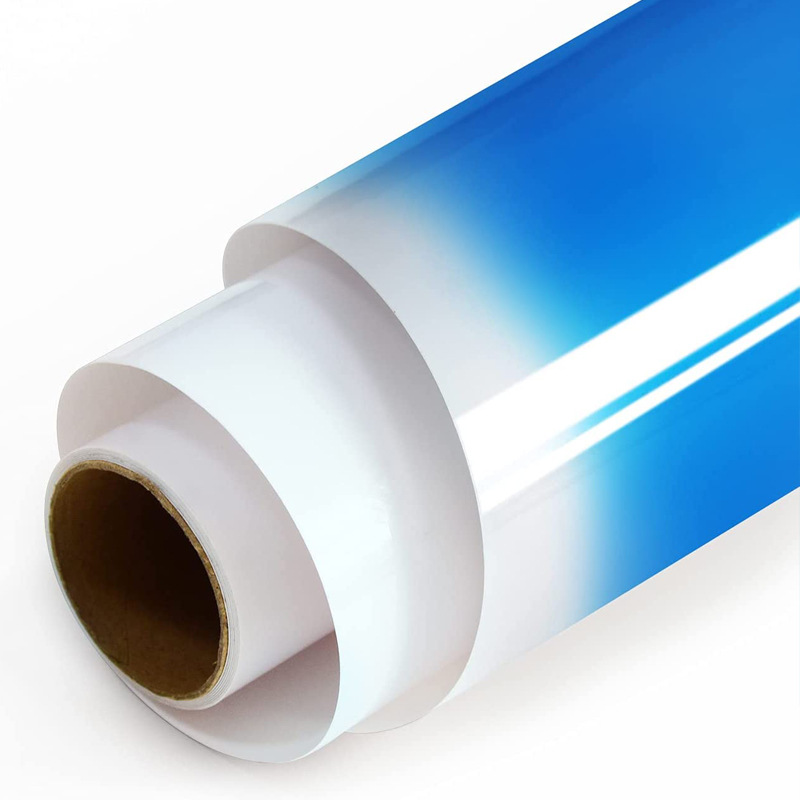
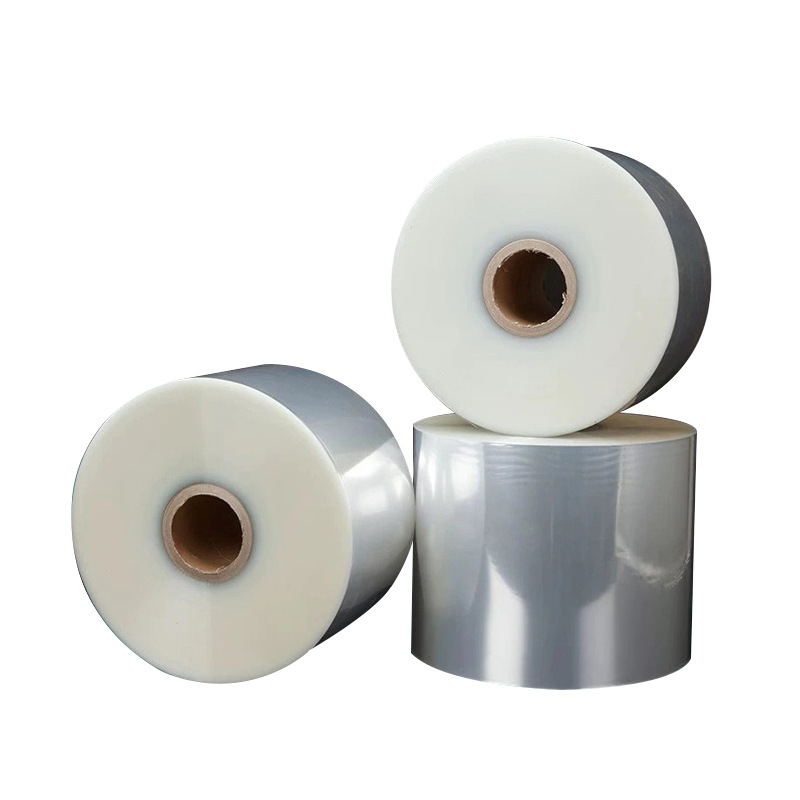
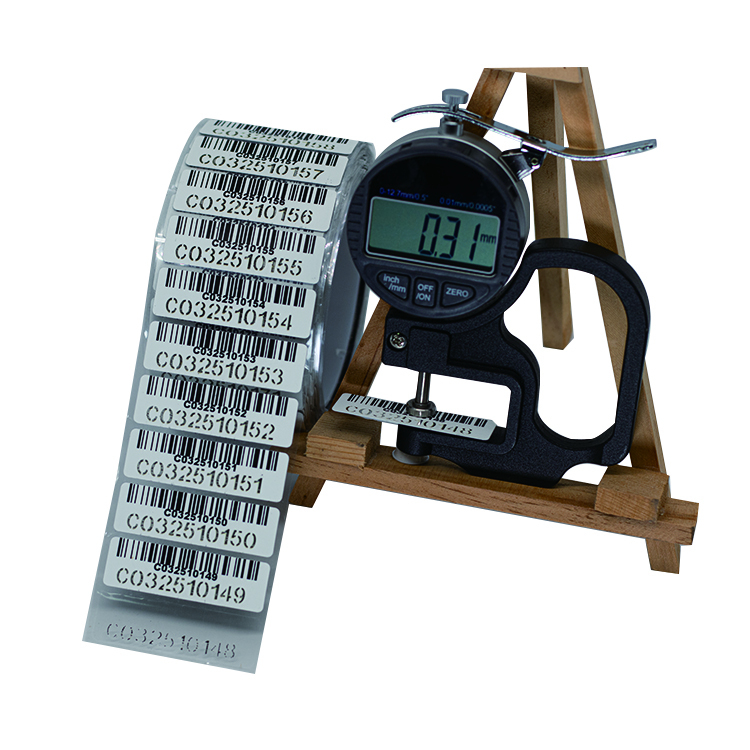
This site is protected by reCAPTCHA and the Google Privacy Policy and Terms of Service apply.